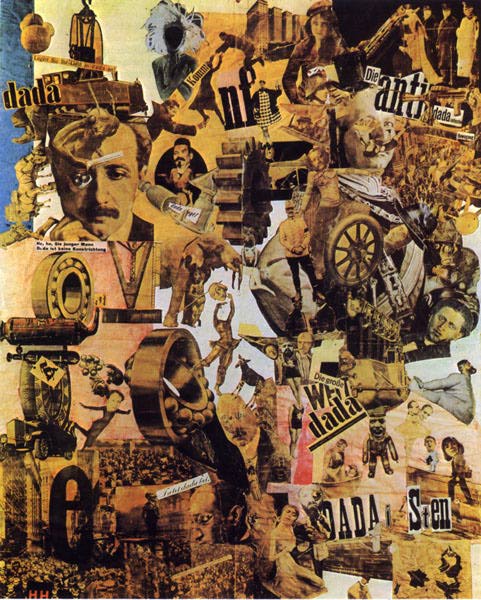Urbanism, consumerism, innovation, experimentation, pragmatism, independence. These are all words that have been associated with all things modern. The unifying value of modernism could be arguably emancipation: from previous mores, hierarchical structures, way of thinking. The "modern man" values best his freedom to do, to think, and to be. Driven at its dawn by movements like the French Revolution, which emphasized the need to break from old traditions and structures, the modern age has emphasized the kaleidoscopic nature of reality.
In art, photography's ability to render true two dimensional representations of a three dimensional world paved the way for the modern age of painting. Artists were now free to experiment with new techniques, subjects, and raisons d'être for their art. Throughout the modern age, advances in the sciences and technology as well as the new urban and consumerist culture that emerged, prompted artists to react to the changes before them. Two artists whose work exemplifies the core values of modern art are Alice Barber Stephens and Hanna Höch. Both artists choose to portray the modern reality of women in particular contexts using different techniques.
Barber Stephens's painting The Woman in Business, 1897 shows the viewer one of the ways in which reality was being re-defined for women at the onset of the 20th century. The scene is a department store in Philadelphia: women from different social classes crowd the frame, a young girl worker dominates the foreground, while one of higher status sits before a counter as she is helped by a saleswoman. In this grisaille (monochromatic painting in shades of grey) Stephens presents the reality of the turn-of-the century woman as one filled with gender and social contrasts.
 |
| Alice Barber Stephens The Woman in Business, 1897 |
In the era of Gilded Age consumerism, the department store became one of the places created for women, this being emphasized in the painting by the fact that all the figures depicted are female. The department store allowed women to enter the public sphere by becoming consumers or sales clerks and thus take on a role separate from that of housewife and mother. The woman in business is truthfully articulated in this painting through her expressionless face, her plain attire, and her white and European looking complexion all the more emphasized by her juxtaposition to the seated and fashionably dressed shoppers. The counter serves in the painting to physically and metaphorically show the division of the two worlds inhabited by these women.
The Woman in Business is also a testimonial to the working conditions of women and children at the beginning of the century. The fact that we see a child worker brings to the forefront the lack of child labor laws at the time and which would not be campaigned for until 1904. Sales clerks were also often fired for sitting down during working hours while shoppers were provided chairs. In this painting we thus see gender roles as they are defined by a particular person's purchasing power and social class. In Woman in Business Barber Stephens paints in the background what appears to be an ornate stained glass window. The viewer cannot help but think of the stained glasses of churches when looking at the painting and thus Barber Stephens effectively draws connections between the growing devotion to capitalist ideas and pursuits of the time in the United States. The grisaille technique used for the painting helps convey the division between the social classes depicted while the depth of the canvas gives the viewer a sense of the grandiosity of the place depicted. While the canvas is relatively small in size, its combining elements make it visually powerful.
A direct reference to current social and cultural changes can also be found in Hanna Hüch's oeuvre. In her collage Cut With the Kitchen Knife, 1919 a development from initial modernist techniques and ideals in art is evident. World War I is the event that would shape a lot of the art production of the time and this work is no exception. The collage technique used serves to represent the political and social fragmentation that prevailed in Germany at the time.
 |
| Hanna Höch Cut With the Kitchen Knife, 1919 |
No comments:
Post a Comment